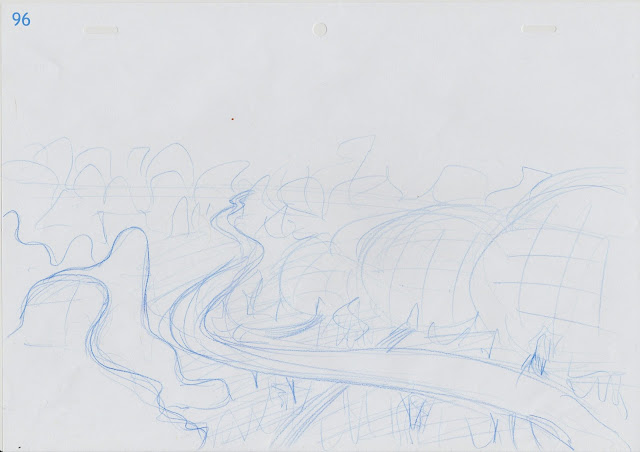We didn't have a model today, so we looked at stills from Alfred Hitchcock's 'The Birds' (1963). We also looked at the scene slowed down, and how it changed the mood of the scene and the way the story reads.
I'm right handed but I drew these with my left, I wanted to see how it would turn out and I found that it meant I had to think a bit longer before I made each mark. I think it helped me with getting lights and darks down a bit better, even if they weren't as accurate. Sometimes I draw too quickly and without thinking, having to slow down changed the experience quite a bit.


















































